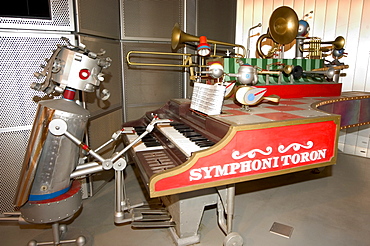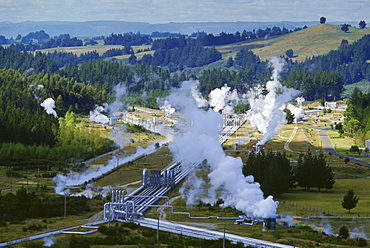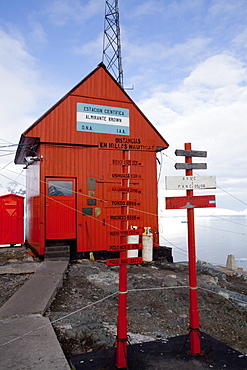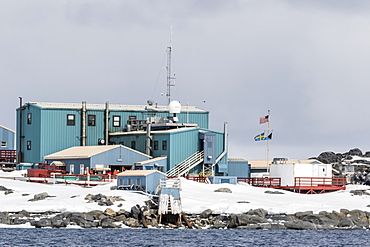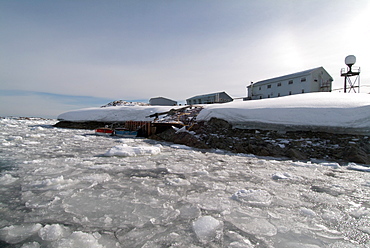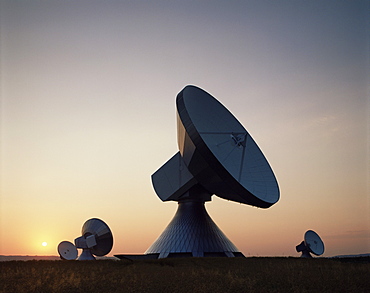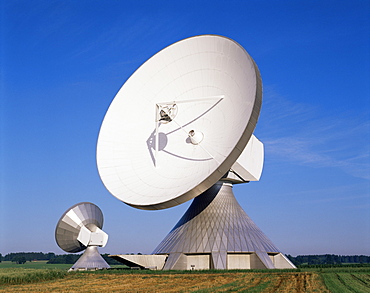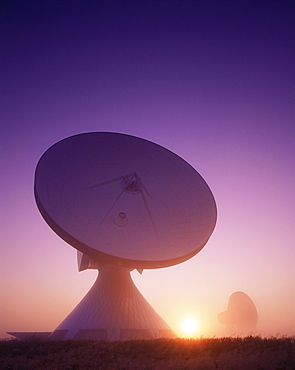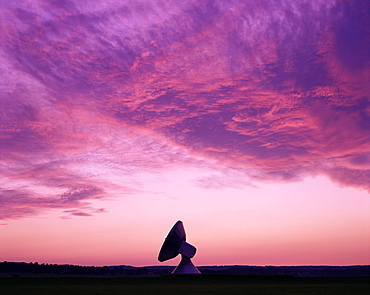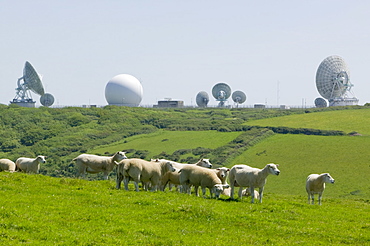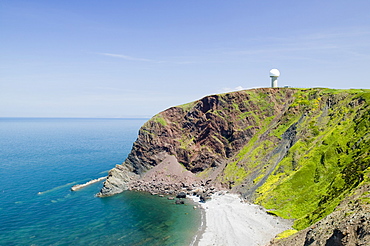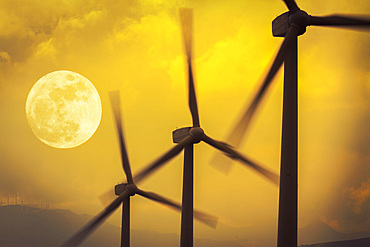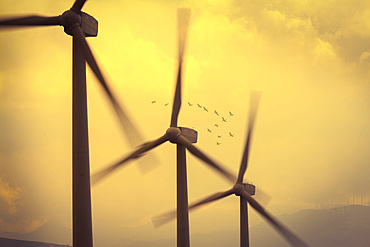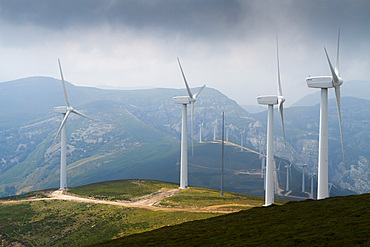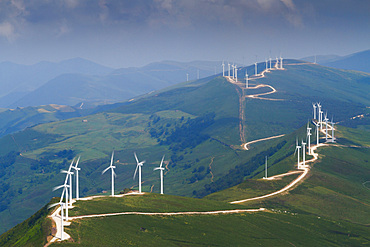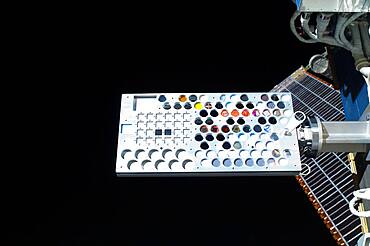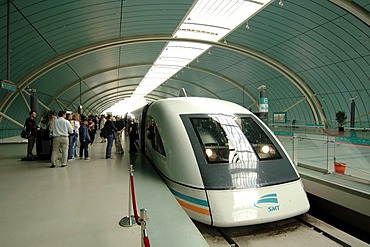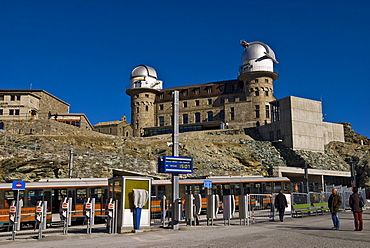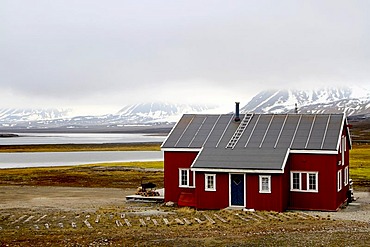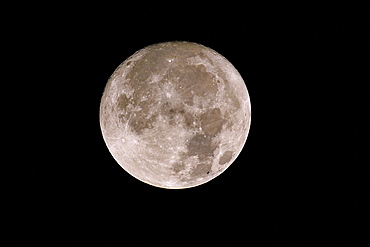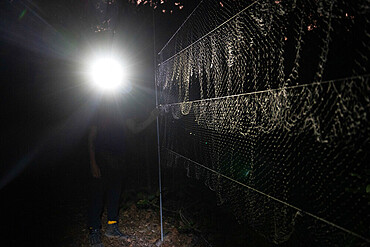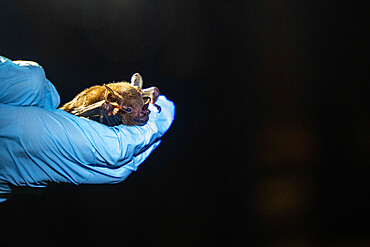Results
17 results found
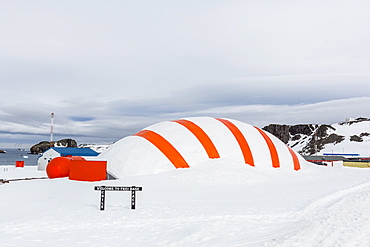
Chilean Research Station Frei Base, King George Island, South Shetland Island Group, Antarctica, Polar Regions
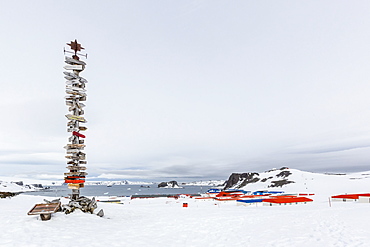
Chilean Research Station Frei Base, King George Island, South Shetland Island Group, Antarctica, Polar Regions
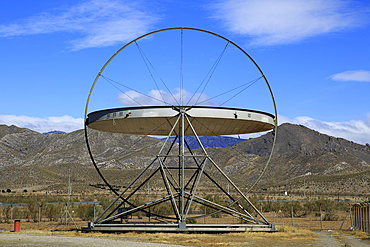
Large heliostat EuroDish solar energy scientific research centre, Tabernas, Almeria, Andalusia, Spain, Europe
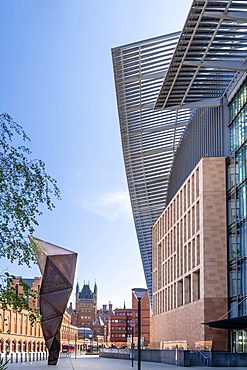
The Francis Crick Institute biomedical research centre, with St. Pancras railway station in the background, King's Cross, London, England, United Kingdom, Europe

Views of the Trinity Church at Belingshausen Russian Research Station, Antarctica, Southern Ocean, Polar Regions
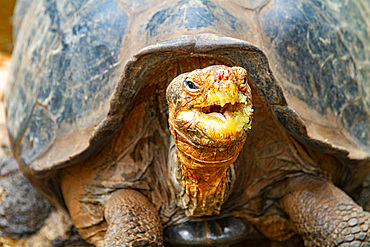
Captive Galapagos giant tortoise (Geochelone elephantopus) at the Charles Darwin Research Station, Galapagos, UNESCO World Heritage Site, Ecuador, South America
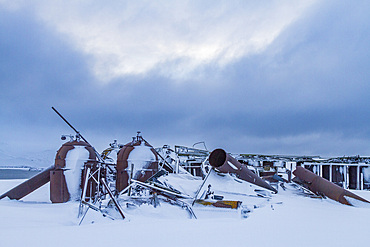
Abandoned former whaling station at Port Foster inside of the caldera at Deception Island, South Shetland Islands, Antarctica, Polar Regions
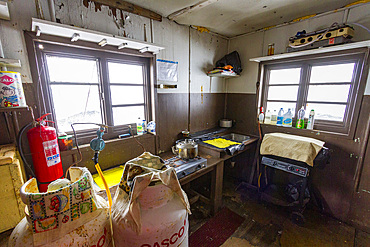
Views of the Chilean Antarctic refuge hut Jorge Bonnen Rivera situated on Hut Point on the Antarctic Peninsula, Antarctica, Polar Regions
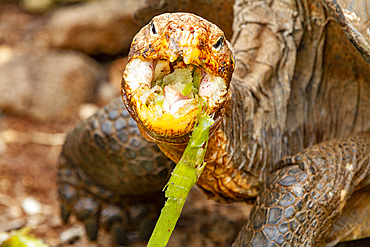
Captive Galapagos giant tortoise (Geochelone elephantopus) at the Charles Darwin Research Station, Galapagos, UNESCO World Heritage Site, Ecuador, South America
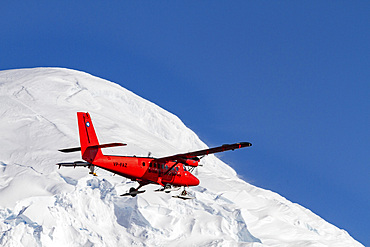
British Antarctic Survey (BAS) research plane operating in the Gullet, near Rothera Station near the Antarctic Peninsula, Polar Regions
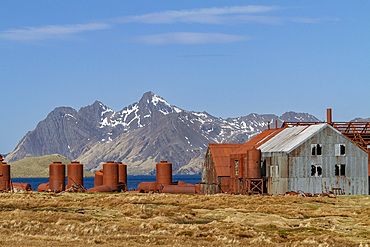
Views of the abandoned whaling station in Stromness Bay on South Georgia in the Southern Ocean, Polar Regions
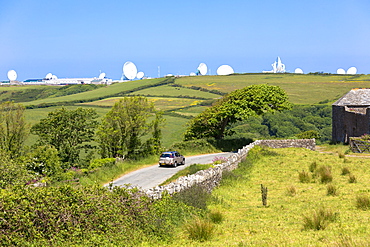
Satellite antenna dish at GCHQ Bude Satellite Listening Station (Government Communications Headquarters) defence at Cleave Camp, Cornwall, England, United Kingdom, Europe
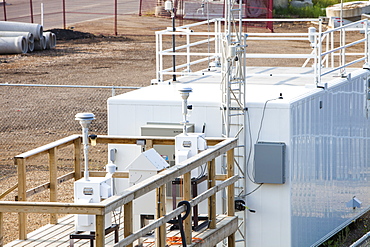
An air quality monitoring station measuring pollution from the tar sands industry, Fort McMurray, Alberta, Canada, North America
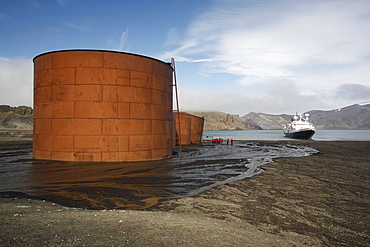
The National Geographic Endeavour anchored at the old Norwegian whaling station at Whaler's Cove, Deception Island

Young afro-american woman in backlight in urban scenery with tracks and station, Hackerbruecke Munich, Bavaria, Germany

Young afro-american woman in backlight in urban scenery with tracks and station, Hackerbruecke Munich, Bavaria, Germany

View from Gornergrat station to Kulmhotel, the highest hotel in the Swiss Alps (3100 m) at Gornergrat, Zermatt, Valais, Switzerland

Young afro-american woman in backlight in urban scenery with tracks and station, Hackerbruecke Munich, Bavaria, Germany

Young afro-american woman in backlight in urban scenery with tracks and station, Hackerbruecke Munich, Bavaria, Germany
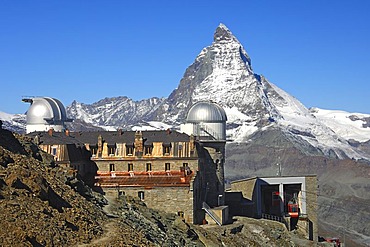
Kulmhotel, High Altitude Research Station KOSMA and TIRGO Observatory, Gornergrat, Matterhorn, Mount Cervin, Zermatt Valais Switzerland
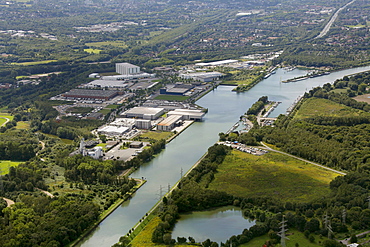
Aerial view, Mark Dion research station, Gesellschaft der Amateur-Ornithologen art project, Emscherkunst.2010 art project, Bogomir Ecker, Buelent Kullukcu, artworks on the Emscher river, Herner Meer site, Herne, Ruhr area, North Rhine-Westphalia, Germany,
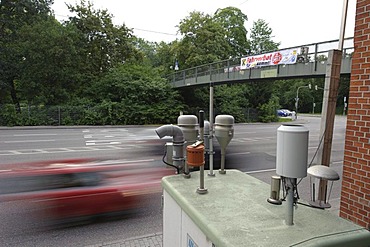
Particulate matter monitoring station, spot station, at Neckartor, B14, Cannstatter Strasse street, the highest PM levels nationwide are regularly measured in downtown Stuttgart, Baden-Wuerttemberg, Germany, Europe

Observatory of the Roque de los Muchachos at sunset, Parque Nacional de la Caldera de Taburiente, La Palma, Canary Islands, Spain, Europe
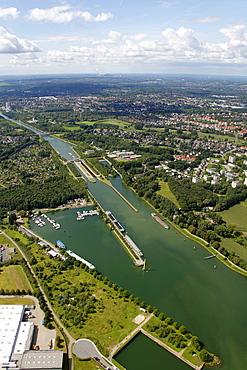
Aerial view, Mark Dion research station, Gesellschaft der Amateur-Ornithologen art project, Emscherkunst.2010 art project, Bogomir Ecker, Buelent Kullukcu, artworks on the Emscher river, Herner Meer site, Herne, Ruhr area, North Rhine-Westphalia, Germany,

Schneefernerhaus, former hotel, now environmental research station, Mt Zugspitze, Wetterstein range, Bavaria, Germany, Europe

Schneefernerhaus, former hotel, now environmental research station, Mt Zugspitze, Wetterstein range, Bavaria, Germany, Europe

Schneefernerhaus, former hotel, now environmental research station, Mt Zugspitze, Wetterstein range, Bavaria, Germany, Europe
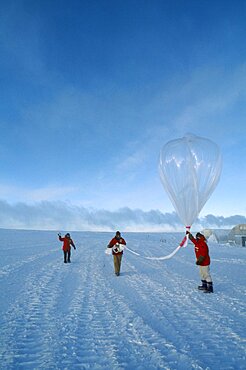
ANTARCTICA South Pole Three figures launching a balloon to measure amounts of ozone in the air at various altitudes. US Amundsen-Scott South Pole Station.
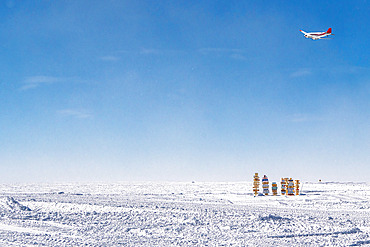
A few weeks after the start of the summer campaign, the winterers who have just spent 14 months at Concordia return home. They take off from Concordia station aboard the Basler;photo), bound for Mario Zucchelli or Dumont d'Urville. Most of them make a sign indicating the village or town where they live, and the distance to Concordia. Concordia Antarctic Base
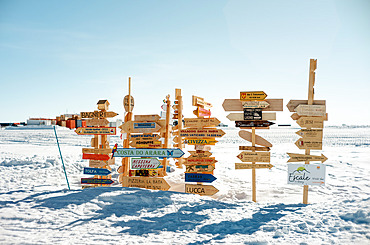
Village/town signs fixed on poles in front of the station/ Making and putting up a sign indicating the direction of one's home is a deeply rooted tradition in the stations. Concordia Antarctic Research Station, Dome C plateau, East Antarctica.
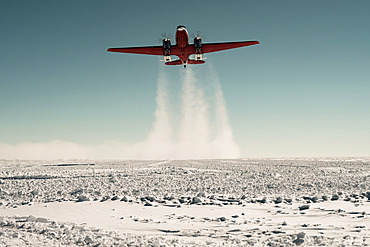
The aircraft;DC-3 Basler) takes off from Concordia's snow-covered runway. Take-off of a Basler at Concordia. The runway is groomed very evenly to minimise the micro-relief on its surface and make it easier for the aircraft to take off. The aircraft are equipped with landing gear allowing them to land alternatively on a ?hard? runway or on snow: retractable skis controlled from the cockpit are fitted to the two front landing gears. Concordia Antarctic Research Station, Dome C plateau, East Antarctica.

A technician at the foot of the station holds a large evacuation sock into which a person is lowered. Once a month, all the staff carry out an emergency evacuation of the station using a ?sock?. The idea is to let yourself slide down a tube of fabric that slows your fall to such an extent that you can even stop yourself by spreading your arms and legs. A technician is waiting for us at the bottom to assist with the last metre of the descent. Concordia Antarctic Research Station, Dome C plateau, East Antarctica.
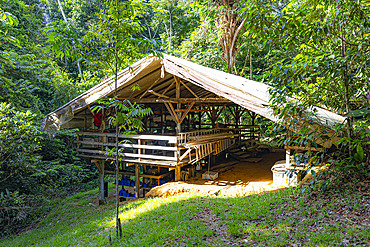
Camp inselberg, scientific station in the Nouragues nature reserve. Carbet storage on the Nouragues station, where all researchers can store their research equipment - Regina, French Guiana.
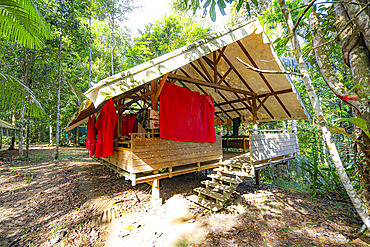
Camp inselberg, scientific station in the Nouragues nature reserve. Sleeping area in the "carbets", here everyone sleeps in hammocks, nothing better in the rainforest - Regina, French Guiana.

Camp inselberg, scientific station in the Nouragues nature reserve. Solar panels on the camp which, together with a turbine;hydraulic energy), provide independent electrical power - Regina, French Guiana.
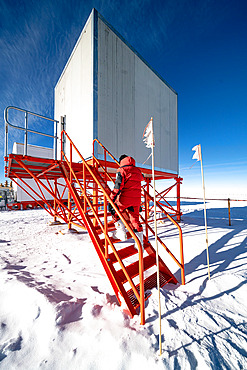
A technician goes into a raised square building on an orange metal structure. An Italian technician specialising in radio and telecommunications goes into the shelter that houses the VSAT antenna, the device that connects the station to the Internet by satellite. This is the station's only link with the outside world. Most of the buildings are elevated to prevent the formation of snowdrifts caused by wind-blown snow. Concordia Antarctic Research Station, Dome C plateau, East Antarctica.
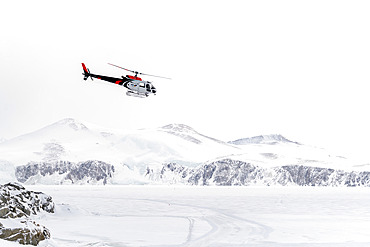
A German BGR helicopter used in Terre Victoria to transport geologists to specific research points. These are one-off scientific programs, involving the collaboration of several countries, in this case Germany and Italy. The Germans set up a base camp several dozen kilometers from the Italian Mario Zucchelli station, using Italian logistical resources such as the Laura Bassi icebreaker to transport the helicopter, the equipment needed to set up the base camp, scientific equipment and, of course, personnel. All of this was delivered to the Mario Zucchelli station for onward transport by helicopter to the search site. Victoria Land, Antarctica

A frozen lake at the heart of a landscape near the Mario Zucchelli station. Victoria Land, Antarctica

A technician rides an electric bike on the snow, passing a container and crates on the ground. A technician uses an electric fatbike to get to the summer camp area from the station. Immediately after arriving, he removes the electric battery and deposits it in the nearest building where the temperature is positive. If he forgets the battery outside, he will have to push the bike on the way back because the intense cold will have drained the battery. Concordia Antarctic Research Station, Dome C plateau, East Antarctica.
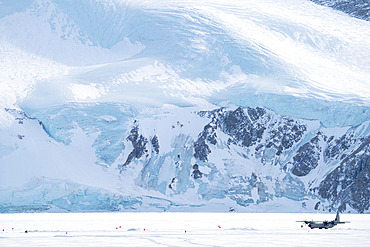
The Lockheed C-130 Hercules prepares to take off from the runway built on the sea ice in Terra Nova Bay, where the Mario Zucchelli station is located. Victoria Land, Antarctica
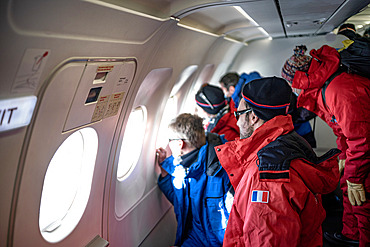
Team of Antarctic expeditionaries watching the landscape through the windows of the Airbus A320 carrying them from Hobart;Tasmania) to Mario Zucchelli;Italian coastal Antarctic base), as they approach the latter. These are the first summer campers. In red are those who will then take a Basler to the French coastal summer station of Cap Prud'Homme or Robert Guillard. They'll spend a few days opening it up and warming it up, before moving on to the Dumont d'Urville base;6km from Cap Prud'Homme), marking the end of wintering there. In blue: the expeditionaries bound for Concordia.
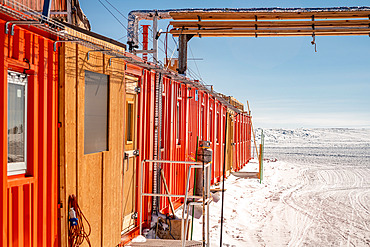
Building made of containers lined up in a row, powered by pipes and electric cables. The summer camp is made up of containers assembled together. It was built in the early 1990s. Since then, irregular ground settlement has caused the building to deform. It is now used as a summer dormitory. Concordia Antarctic Research Station, Dome C plateau, East Antarctica.

Technicians loading/unloading cargo/freight from the supply plane at Concordia. French;in blue) and Italian;in red) technicians help unload the Basler - Douglas DC3, which delivers scientific and/or technical equipment to the Concordia station several times a month during the summer. It takes a team of 6 to 20 people just 3 minutes to unload the 2 tonnes of cargo, reload the same amount of equipment into the plane and refuel the aircraft with kerosene. As soon as these operations are completed, the plane is ready to leave again. Concordia Antarctic Research Station, Dome C plateau, East Antarctica.
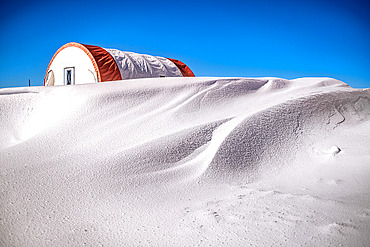
Snowdrift in front of a tent. A dormitory tent dating from the 1990s and still in use. It is heated by a small oil-fired stove. Every obstacle in the wind creates snowdrifts, which have to be removed periodically to prevent burial. Concordia Antarctic Research Station, Dome C plateau, East Antarctica.
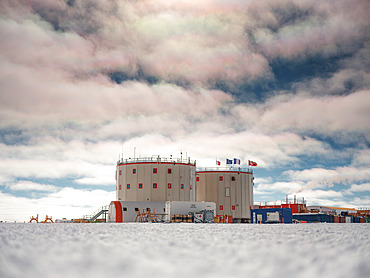
Concordia Station, Italian, European, French, Swiss and German flags. Tent, fire escape, containers, kerosene tanks, smoke from the power station, iridescent clouds. The station under a sky lightly covered with low, iridescent clouds. Concordia Antarctic Research Station, Dome C plateau, East Antarctica.
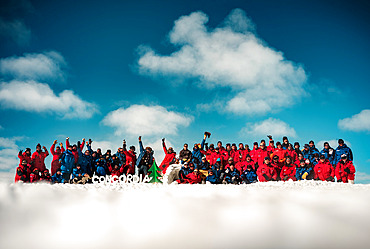
Concordia technicians and scientists, Christmas tree, Concordia in letters made of ice/snow, Igloo. Group photo of the team at Concordia during the summer. The Italians are in red and the French in blue. The ratio is about half Italians and half French; half technicians and half scientists. Concordia Antarctic Research Station, Dome C plateau, East Antarctica.

Concordia staff on their knees helping a person lying on a stretcher. Helped by a snowmobile. Rescue exercise in the event of an accident involving several victims. These frequent exercises are supervised by the doctor. All the resort's winter residents are assigned a very specific role in the event of an accident, illness or fire. A redundancy system allows this system to function in the event of one or more winterers failing to respond. Concordia Antarctic Research Station, Dome C plateau, East Antarctica.

Frozen ground of Dome C, and sastrugis. Sastrugis are wind-blown snow formations. The wind is not extremely strong in these high-altitude locations. Concordia Station, Antarctic
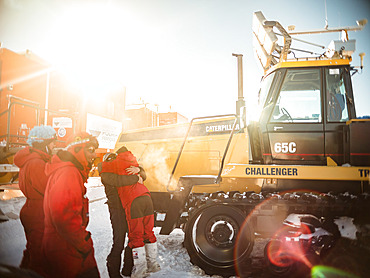
Tractor parked in front of the Raid caravan. Two technicians hug each other. The Raid supplies the resort 2 or 3 times each summer. A one-way trip represents a distance of 1,200km, an altitude difference of 3,200m, and a driving time of 10 days at a rate of 12 hours per day. Each arrival of the Raid team at Concordia is a moment of joy and celebration. Concordia Antarctic Research Station, Dome C plateau, East Antarctica.
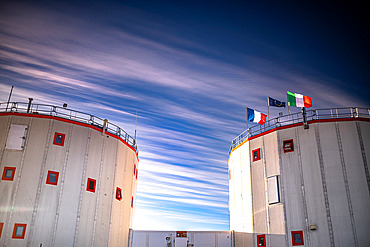
The two towers of the Concordia station, with the French, Italian and European flags flying in the wind, under a blue sky veiled with cirrus clouds aligned in the direction of the wind. The two towers are linked by a tunnel. They are permanently heated to 20°C by the diesel engine that generates the station's electricity. The left tower is the "quiet tower", housing the hospital, bedrooms;34 beds) and offices. The right tower is the "noisy tower": it houses a small workshop, the emergency generator, the waste room, the technical office, the video room, the living room, the kitchens and the refectory. The two towers are about ten meters apart to prevent the risk of fire spreading. Fire is an Antarctic expeditionary's worst nightmare; the French have a very bad experience of it. Concordia Antarctic Research Station, Dome C plateau, East Antarctica.
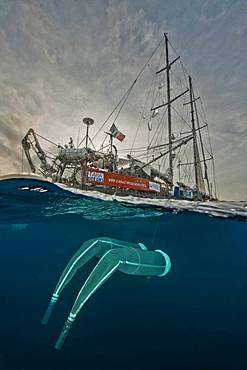
Tara Oceans Expeditions - May 2011. Tara with deployed plancton nets. On "station", the boat is drifting without engine or sails. Tara Oceans, a unique expedition: Tara Oceans is the very first attempt to make a global study of marine plankton, a form of sea life that includes organisms as small as viruses and bacterias, and as big as medusas. Our goal is to better understand planktonic ecosystems by exploring the countless species, learning about interactions among them and with their environment. Marine plankton is the only ecosystem that is almost continuous over the surface of the Earth. Studying plankton is like taking the pulse of our planet. Recently, scientists have discovered the great importance of plankton for the climate: populations of plankton are affected very rapidly by variations in climate. But in turn they can influence the climate by modifying the absorption of carbon. In a context of rapid physico-chemical changes, for example the acidification observed today in the world's oceans, it is urgent to understand and predict the evolution of these particular ecosystems. Finally, plankton is an astonishing way of going back in time ? a prime source of fossils. Over the eons, plankton has created several hundred meters of sediment on the ocean floors. This allows us to go back in time, to the first oceans on Earth, and better understand the history of our biosphere. More than 12 fields of research are involved in the project, which will bring together an international team of oceanographers, ecologists, biologists, geneticists, and physicists from prestigious laboratories headed by Eric Karsenti of the European Molecular Biology Laboratory. Galapagos
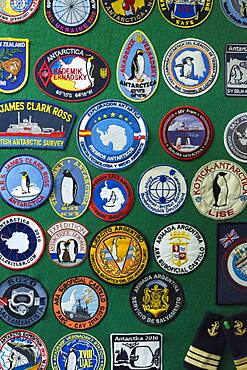
Vernadsky research base, Ukrainian Antarctic station at Marina Point on Galindez Island in the Argentine Islands, Antarctica.

Vernadsky research base, Ukrainian Antarctic station at Marina Point on Galindez Island in the Argentine Islands, Antarctica.

Vernadsky research base, the Ukrainian Antarctic station at Marina Point on Galindez Island in the Argentine Islands, Antarctica.

Vernadsky research base, Ukrainian Antarctic station at Marina Point on Galindez Island in the Argentine Islands, Antarctica.

Vernadsky research base, the Ukrainian Antarctic station at Marina Point on Galindez Island in the Argentine Islands, Antarctica.
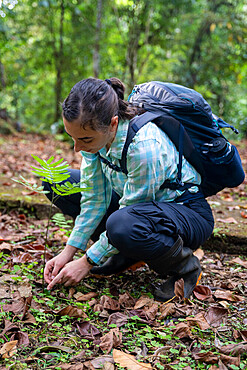
27-year-old researcher in front of the Pracaxi legume (Pentaclethra macroloba) at the "La Selva" research station in Puerto Viejo de Sarapiqui, Costa Rica
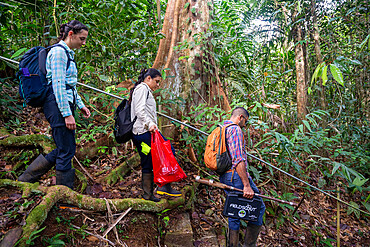
Researchers walking through the rainforest at the "La Selva" research station in Puerto Viejo de Sarapiqui, Costa Rica
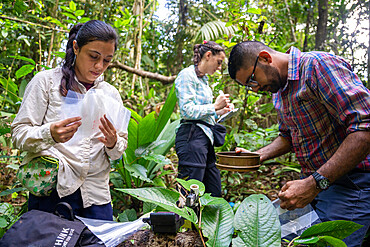
27-year-old researcher and her team working on nitrogen exchange between bacteria and the roots of legumes in the rainforest at the "La Selva" research station in Puerto Viejo de Sarapiqui, Costa Rica
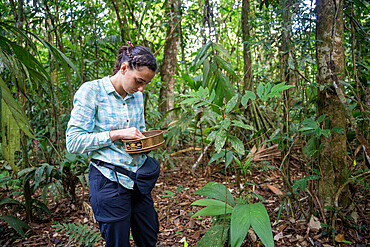
27-year-old researcher working on nitrogen exchange between bacteria and the roots of legumes in the rainforest at the "La Selva" research station in Puerto Viejo de Sarapiqui, Costa Rica
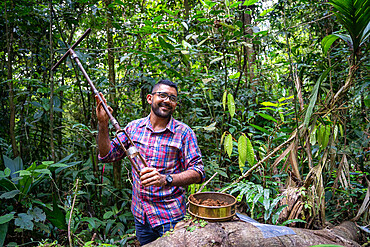
Research assistant working on nitrogen exchanges between bacteria and the roots of legumes in the tropical forest of the "La Selva" research station in Puerto Viejo de Sarapiqui, Costa Rica
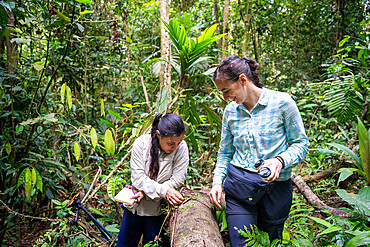
27-year-old researcher working on nitrogen exchange between bacteria and the roots of legumes in the rainforest at the "La Selva" research station in Puerto Viejo de Sarapiqui, Costa Rica
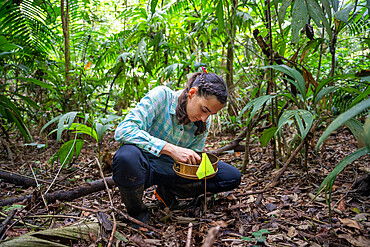
27-year-old researcher working on nitrogen exchange between bacteria and the roots of legumes in the rainforest at the "La Selva" research station in Puerto Viejo de Sarapiqui, Costa Rica
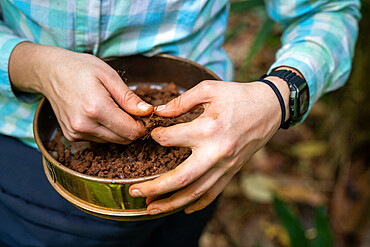
27-year-old researcher working on nitrogen exchange between bacteria and the roots of legumes in the rainforest at the "La Selva" research station in Puerto Viejo de Sarapiqui, Costa Rica
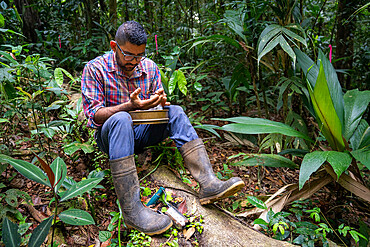
Research assistant working on nitrogen exchanges between bacteria and the roots of legumes in the tropical forest of the "La Selva" research station in Puerto Viejo de Sarapiqui, Costa Rica
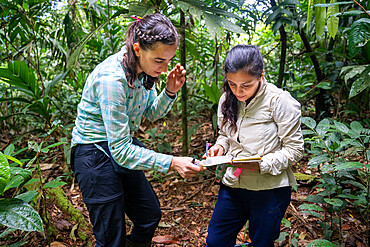
27-year-old researcher and her team working on nitrogen exchange between bacteria and the roots of legumes in the rainforest at the "La Selva" research station in Puerto Viejo de Sarapiqui, Costa Rica
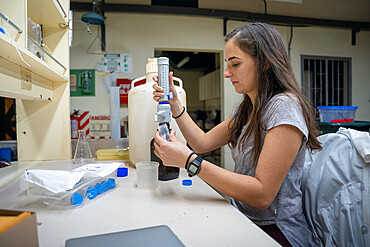
27-year-old researcher working in a lab on nitrogen exchange between bacteria and the roots of legumes in the rainforest at the "La Selva" research station in Puerto Viejo de Sarapiqui, Costa Rica
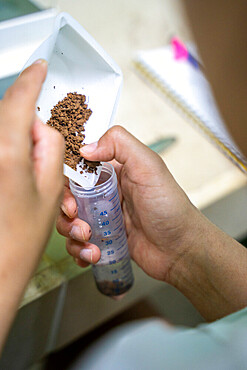
Earth diluted with water in order to extract the PH from the soil as part of a study on nitrogen exchanges between bacteria and the roots of legumes in the tropical forest of the "La Selva" research station in Puerto Viejo from Sarapiqui, Costa Rica
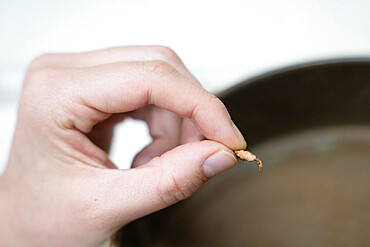
27-year-old female researcher working on nitrogen exchange between bacteria and the roots of legumes showing an example of a nodule of bacteria attached to the roots in the rainforest of the "La Selva" research station in Puerto Viejo de Sarapiqui, Costa Rica
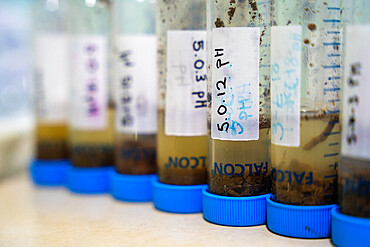
Earth diluted with water in order to extract the PH from the soil as part of a study on nitrogen exchanges between bacteria and the roots of legumes in the tropical forest of the "La Selva" research station in Puerto Viejo from Sarapiqui, Costa Rica
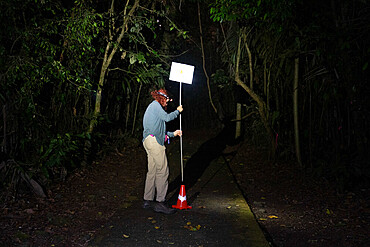
Installation of a sign on a hiking trail indicating the presence of nets to capture bats as part of a pollination study, rainforest of the "La Selva" research station in Puerto Viejo de Sarapiqui, Costa Ricardo

